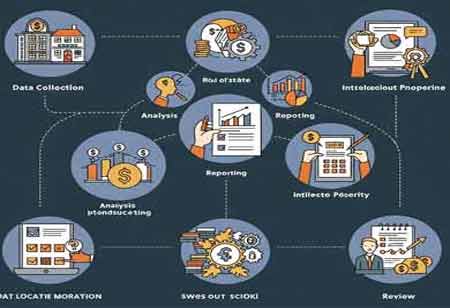CLOSE
Specials
- CPA Firms Canada
- Financial Asset Management APAC
- FinTech Canada
- RIA Advisory Europe
- Financial Licensing Europe
- Mortgage Broker
- Financial Risk Management Europe
- RegTech Europe
- Treasury Management Europe
- Trading Solutions APAC
- Digital Banking Latam
- Escrow Services
- Regtech APAC
- Corporate Advisory APAC
- Investment Banking APAC
- Financial Risk Management APAC
- Investment Banking Canada
- Wealth Management MENA
- Investment Advisory APAC
- Investment Advisory Europe
- Financial Brokerage Firm APAC
- FinTech
- Wealth Management
- Proprietary Trading Europe
- Payment Solution
- Lending mangment
- Financial Health Europe
- Investment Management Latam
- Financial Fraud
- Alternative Investments Canada
- Broker Dealer Firms Canada
- Payment Solution Europe
- Broker Dealer Firms
- Financial Compliance
- Investment Management
- Financial Planning / Retirement
- FinTech Europe
- Mergers and Acquisitions Consulting
- Debt Collection Agencies
- Claim Adjusting
- Wealth Management APAC
- Valuation Services Canada
- Investment Services
- Mergers and Acquisitions Consulting Canada
- CPA Firms
- Equipment Financing
- Mergers and Acquisitions Consulting APAC
- Claim Adjusting APAC
- Digital Banking Europe
- CFO Services
- Debt Collection Agencies Europe
- Wealth Management Europe
- Mergers and Acquisitions Consulting Europe
- Financial Restructuring Europe
- Financial Portfolio Management Canada
- Business Loan
- Payment and Card Latam
- Wealth Management Latam
- Mergers and Acquisitions Consulting Latam
- Tax Advisory Canada
- Trading Solutions Europe
- Alternative Investments
- Digital Insurance Europe
- Financial Marketing
Weekly Brief
×Be first to read the latest tech news, Industry Leader's Insights, and CIO interviews of medium and large enterprises exclusively from Financial Services Review
Thank you for Subscribing to Financial Services Review Weekly Brief
Unlocking Growth: Long-Term Loans for Small Businesses
Long-term small business loans help provide financial stability and room for business flexibility.

By
Financial Services Review | Friday, August 08, 2025
Stay ahead of the industry with exclusive feature stories on the top companies, expert insights and the latest news delivered straight to your inbox. Subscribe today.
Fremont, CA: Long-term small business loans are crucial for sustainable growth and operations. With longer payback terms and lower monthly payments, they provide financial security for businesses to meet current needs while making long-term plans. These loans bridge financial gaps, encourage strategic investments, and enhance workflow, ensuring long-term success and steady operating capital for smooth operations.
The loans enable businesses to invest in advanced technology and infrastructure upgrades that enhance workflow efficiency. For instance, a retail business might use a long-term loan to implement an integrated point-of-sale system. A manufacturing company could invest in automation tools to speed up production processes. Such investments improve operational efficiency and reduce long-term costs by minimizing errors, waste, and manual labor. By leveraging advanced tools and systems, businesses can streamline their workflows, boost output, and gain a competitive edge in the market.
Long-term loans are instrumental in supporting employee growth and development, which directly impacts workflow. Businesses can use loan funds to recruit skilled staff, offer competitive salaries, and provide ongoing training opportunities. Loans can be used to implement employee retention programs, such as benefits packages or flexible work arrangements, fostering a positive work environment and reducing turnover rates. Expanding physical operations is another area where long-term small business loans enhance workflow. As businesses grow, they often need more space to accommodate increased production, inventory, or staff.
A long-term loan can finance the purchase or renovation of facilities, enabling businesses to expand their operations without compromising existing workflows. For example, a bakery might invest in a larger kitchen to meet growing demand, or a logistics company might acquire a new warehouse to optimize storage and distribution. These expansions ensure that businesses can handle growth efficiently while maintaining service quality. Marketing and customer acquisition efforts also benefit from long-term financing. Companies can use loan funds to launch strategic marketing campaigns, develop new product lines, or expand into new markets.
The initiatives help attract more customers and increase revenue, which, in turn, provides the resources needed to refine workflows further. An online retailer might use a loan to enhance its e-commerce platform, improving the customer experience and streamlining order fulfillment processes. The resulting customer base and sales growth reinforce the business’s ability to maintain a stable workflow. Long-term loans offer the advantage of manageable repayment structures. They reduce financial stress and let owners focus on optimizing operations rather than worrying about short-term debt obligations.

Copyright © 2025 Financial Services Review. All rights reserved





